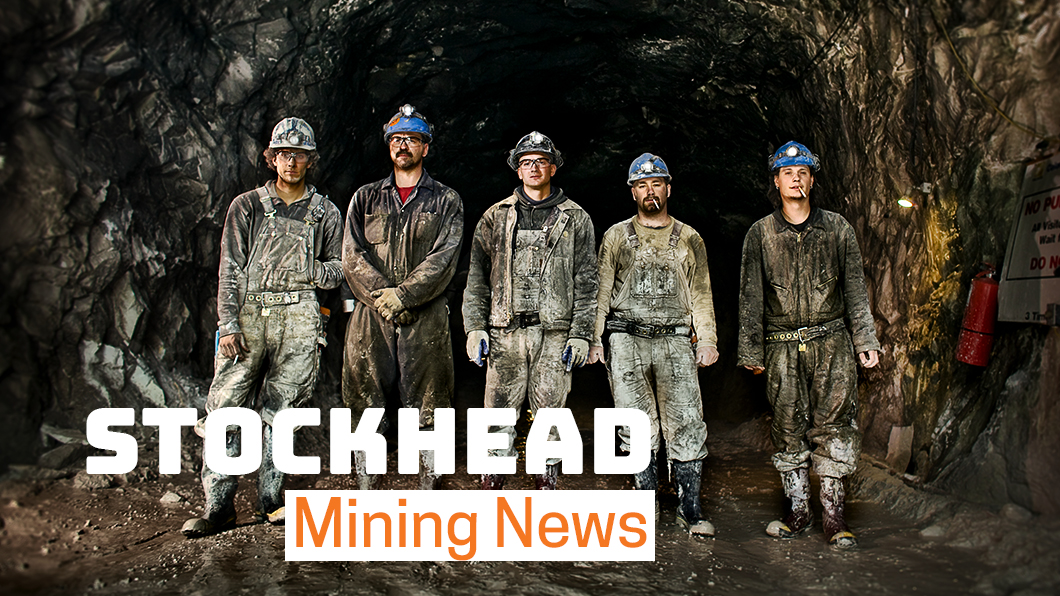Frontier takes aim at rare earths with new acquisition

Pic: Tyler Stableford / Stone via Getty Images
Ever since acquiring a suite of Papua New Guinea assets back in early 2004, Frontier Resources (ASX:FNT) – known as TasGold at that time – has had a strong focus on Australia’s former territory.
This became its sole focus in 2013 after it spun-off its Tasmanian assets into unlisted public company Torque Mining.
Given its long-standing identity as a PNG-focused explorer, the company’s move to acquire the ‘Murraydium’ rare earth elements project in South Australia would no doubt come as a surprise to some.
Said surprise was no impediment to the market responding favourably to the announcement, with shares in FNT climbing 18.75% on Tuesday to 1.9c by mid-day.
The company appears to place the new project on equal or near-equal standing to its Tolukuma gold tenement near PNG’s capital of Port Moresby, noting that proceeds from a $1.3m capital raising will be applied to exploration and development work on both projects.
So what makes Frontier’s Murraydium project special?
Low cost rare earths potential
The market for rare earths is growing, particularly neodymium and praeseodymium, which is used for the manufacture of high-performance permanent magnets in electric vehicle and wind turbines.
Lynas (ASX:LYC) highlighted this growth late last month when the rare earths producer – one of very few outside of China – noted that it had received an average price of $39.10 per kg of the 4,758t that it produced in the June quarter.
This compares with the $35.5/kg it received in the March quarter and is almost double the $20.2/kg customers paid in the same quarter in 2020.
Murraydium’s other drawcard is its potential to be a substantial ionic adsorption clay (IAC)-hosted rare earths deposit.
IAC deposits are relatively rare outside of China but are commonly considered to be some of the cheapest and most readily accessible sources of heavy rare earths.
While Ionic Rare Earths (ASX:IXR) was the only ASX-listed company with an IAC deposit, it has been joined recently by Mount Ridley Mines (ASX:MRD), which announced earlier this week that it had identified IAC deposits at its namesake project in Western Australia, and Australian Rare Earths (ASX:AR3).
Incidentally, Murraydium is actually located within the same area as Australian Rare Earths’ Koppamurra project, which already hosts a resource of 39.9 million tonnes grading 725 parts per million total rare earth oxides (TREO).
Murraydium is located in the southeastern region of Naracoorte in South Australia’s Murray Basin and hosts the same sediments that host rare earth mineralisation elsewhere in the region.
Frontier is currently holding land access and native title discussions for future exploration programs. A series of auger, push tube and aircore drilling is being planned to investigate the project area for the presence of rare earth mineralisation.
Related Topics

UNLOCK INSIGHTS
Discover the untold stories of emerging ASX stocks.
Daily news and expert analysis, it's free to subscribe.
By proceeding, you confirm you understand that we handle personal information in accordance with our Privacy Policy.








